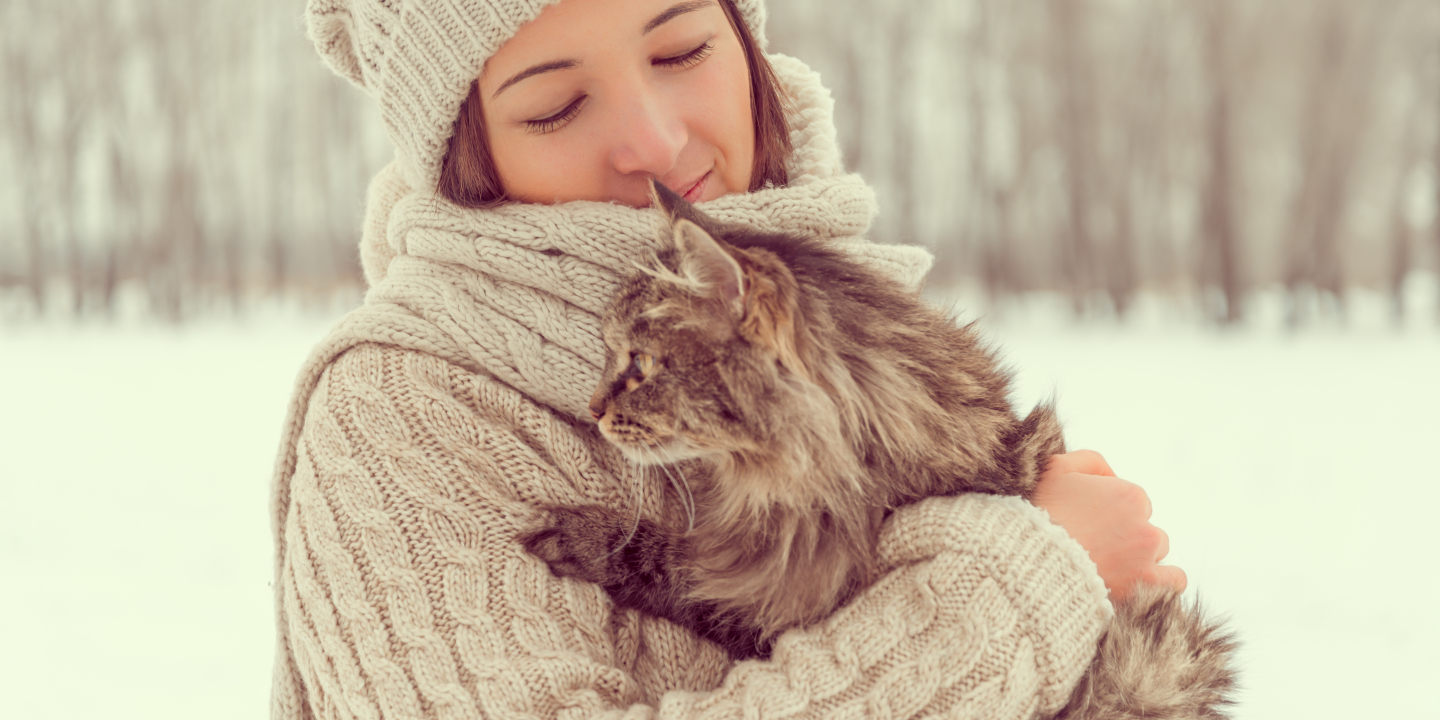Feline Glaucoma
Feline glaucoma, like human glaucoma, is a condition in which the watery fluid (aqueous humor) contained in the front part of the eye, just behind the lens, is unable to drain normally. The resulting accumulation of this fluid puts pressure on the optic nerve, which leads from the eye to the brain. Nerve damage caused by this pressure prevents normal vision and, if the condition progresses without treatment, is likely to result in partial or total blindness. Glaucoma may affect one or both eyes, depending on the type of glaucoma present.
“Once the condition occurs,” says Thomas Kern, DVM, associate professor of ophthalmology at Cornell University’s College of Veterinary Medicine, “it is not reversible, and by the time the clinical signs of glaucoma are noticed, substantial vision loss will already have occurred.”
There are two types of this serious eye disease—primary and secondary, he explains. Primary glaucoma is a relatively rare, inherited, and often breed-related condition. “Burmese and Siamese cats are among the predisposed breeds,” notes Dr. Kern. “A cat that has primary glaucoma will inevitably be affected bilaterally.”
Secondary glaucoma, which is far more common than primary glaucoma in cats, may develop in one or both eyes, but it is not predictably bilateral or inherited. “It’s quite random,” says Dr. Kern. “A cat may have severe glaucoma in one eye and never get it in the other.” The most frequent cause is uveitis—severe eye inflammation that creates protein and other debris that blocks an eye’s normal drainage ducts, thus allowing the aqueous humor to build up and create excessive pressure within the eye. Uveitis has several causes, he points out, including infection with the feline immunodeficiency virus (FIV), the feline leukemia virus (FeLV), feline infectious peritonitis (FIP) and toxoplasmosis. “In many cases,” Dr. Kern points out, “the cause of inflammation in glaucoma that is secondary to uveitis is often not found. The disorder tends to occur in cats that are middle-aged or older.”
The signs of glaucoma, says Dr. Kern, are “pretty subtle.” “Usually,” he says, “owners will notice that one or both eyes become progressively cloudy, and over a period of time will enlarge. And one eye may look larger than the other as pressure increases.” Other potential clinical signs include squinting and a dilated pupil that does not react to light. An affected cat may lose interest in normal activities, but more often, the progression of the disorder is so subtle that behavioral changes may not be obvious. “Typically,” he adds, “the progression takes months or longer before changes are noticed. Even with significant eye discomfort, a cat with vision impairment can continue its normal indoor and outdoor activities.”
Veterinary diagnosis will entail a complete medical history, and a thorough examination aimed at confirming the presence of glaucoma. Says Dr. Kern, “You can spot glaucoma during a routine physical examination, and you can confirm it by using a tonometer.” This device uses a puff of air directed against the eyeball to measure intraocular pressure. If the pressure is higher than normal and is accompanied by vision loss, glaucoma will be the likely diagnosis, he notes. Further tests may be done, using gonioscopy, to evaluate the efficiency with which the aqueous humor is being drained from the eye.
Glaucoma is incurable, but some of the pain and clinical signs may be relieved by the use of eyedrops containing dorzolamide and/or timolol, which reduce intraocular pressure, and steroids, which treat inflammation, if inflammation has caused the glaucoma. Progressive vision loss is likely but may be retarded by treatment with the aforementioned medications. In some cases, surgical removal of an affected eye or both eyes may become necessary if pain cannot be alleviated. Referral to a veterinary ophthalmologist may be advised if glaucoma is suspected or diagnosed, or for complicated cases.




